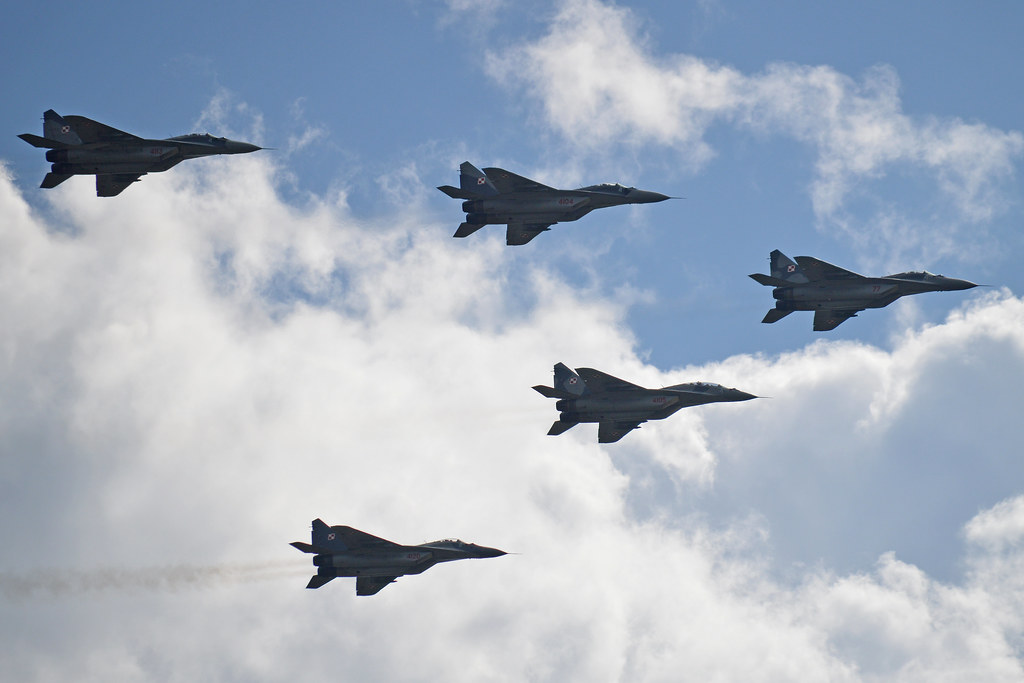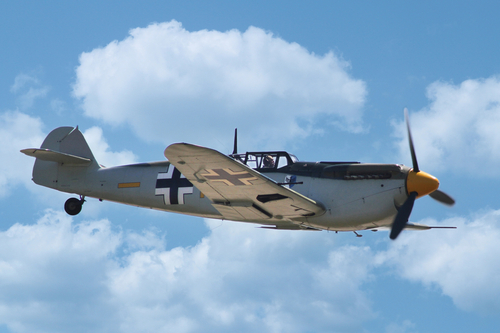
Russia’s ambitious development of the MiG-41, supposedly the next-generation fighter jet set to replace the aging MiG-31, has ignited a mix of skepticism and anticipation within military tech circles.

Dubbed the PAK DP (Perspective Air Complex for Long-Range Interception), the MiG-41 represents a bold leap into the future of combat aviation, promising capabilities like unprecedented speeds over Mach 4, near-space operation, and advanced stealth technology, including an electromagnetic pulse (EMP) gun.

Russian aerospace firm Mikoyan’s project is shrouded in both promise and mystery, with little concrete information available to Western observers.

Despite this, the MiG-41 is touted to achieve feats that would position Russia as a formidable player in the race for sixth-generation fighter superiority.

According to MiG’s Director General Ilya Tarasenko, “the new jet will reach speeds in excess of Mach 4, with cruising speeds around Mach 3.

It will equip an anti-missile laser and be able to fly at near-space altitudes.” Moreover, Tarasenko mentioned the potential for an unmanned version of the aircraft.

Yet, the ambitious project faces significant headwinds. The MiG Corporation struggles to meet current demands, notably for the MiG-35, prompting skepticism about their capacity to produce such an advanced fighter jet within the proclaimed timeline.

Furthermore, the western defense industry — still grappling with peacetime demands — casts doubt on Russia’s promise of a sixth-generation warplane when even fifth-generation technology has been a challenge for Russian production.

The MiG-41 is also said to include revolutionary technologies such as EMP weapons, anti-missile lasers, and pulse-detonation engines — concepts that remain largely experimental and unproven in operational contexts.

The EMP weapons, specifically, target the electronics of enemy aircraft, potentially disabling them mid-flight, a capability Russia claims will be ready for testing shortly. However, experts advise to “remain skeptical about these claims until verifiable proof is released about the existence of these systems.”

The PAK DP’s development status is a tapestry of ambitious engineering and uncertain timelines. While the aircraft’s design was reportedly finalized in 2019, with the aim for a maiden flight in 2025 and operational status by the 2030s, the hurdles to achieve such a complex system on schedule are daunting.

The PAK DP will use stealth technology and potentially be propelled by a pulse-detonation engine, which alone represents a significant engineering challenge due to the dynamic loads it must handle.

As the world keenly watches the Russian defense industry’s efforts to manifest the MiG-41, the question remains: Will the PAK DP soar into reality or remain a figment of futuristic military aspiration?

Russia’s track record and the logistical challenges suggest that while the MiG-41’s development is a statement of intent to advance their military capabilities, the true test will be in the translation of these dreams into a tangible and formidable aerial force.

The trajectory of this endeavor, much like the proposed jet itself, is aiming for the stratosphere — whether it will reach such heights, only time will tell.

